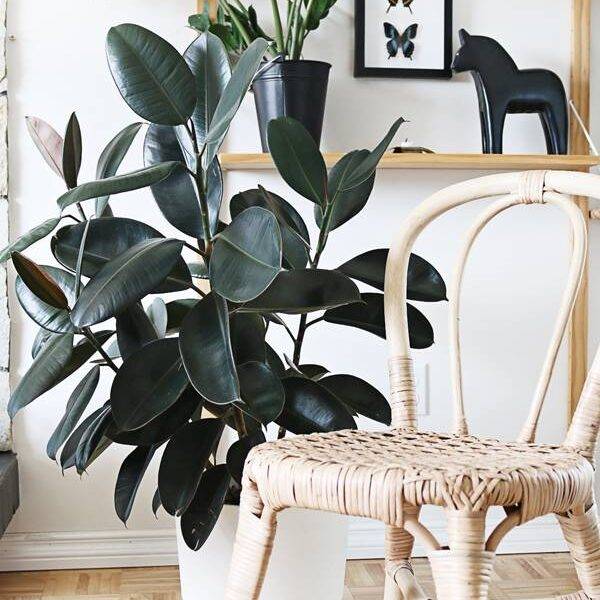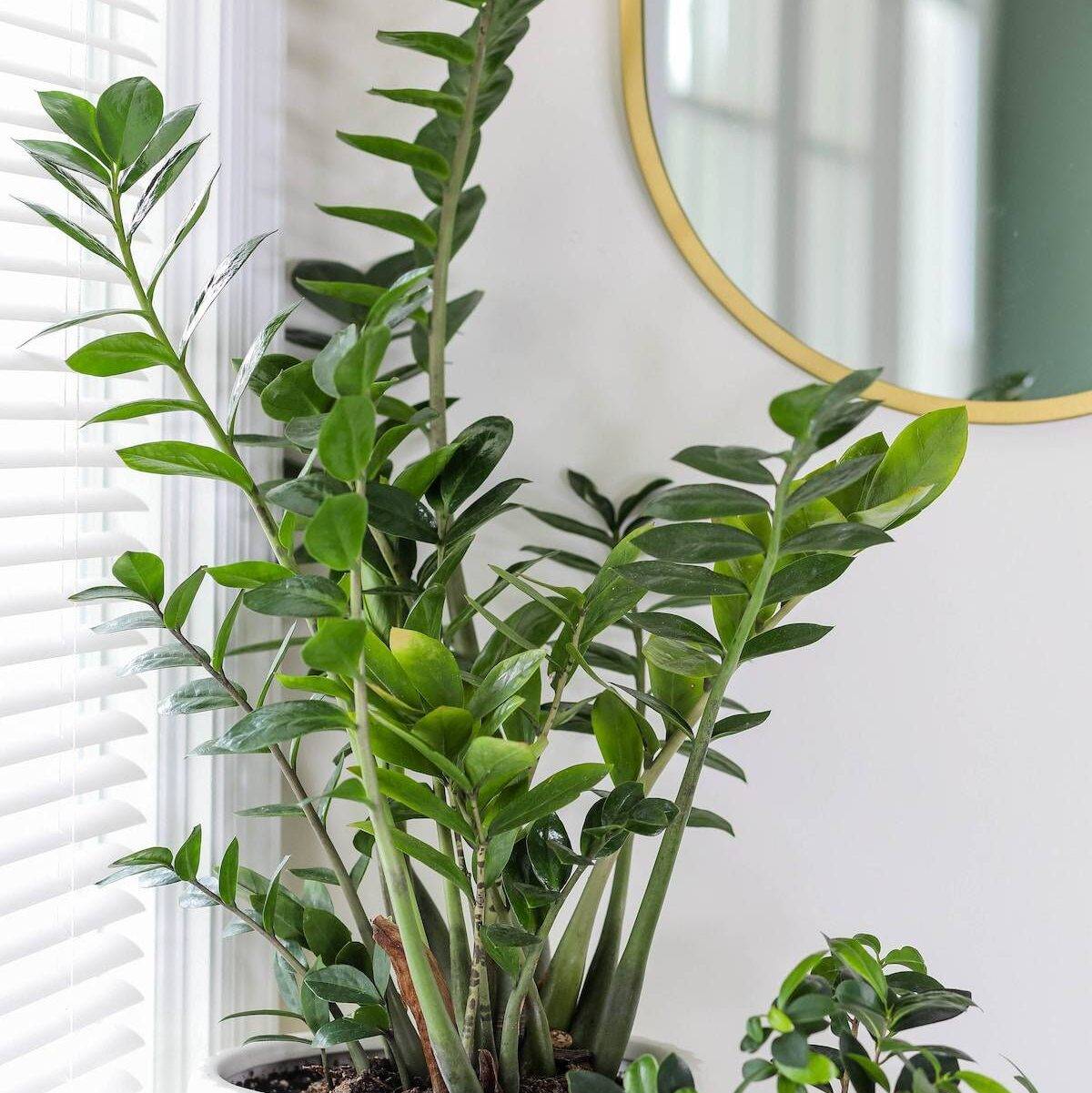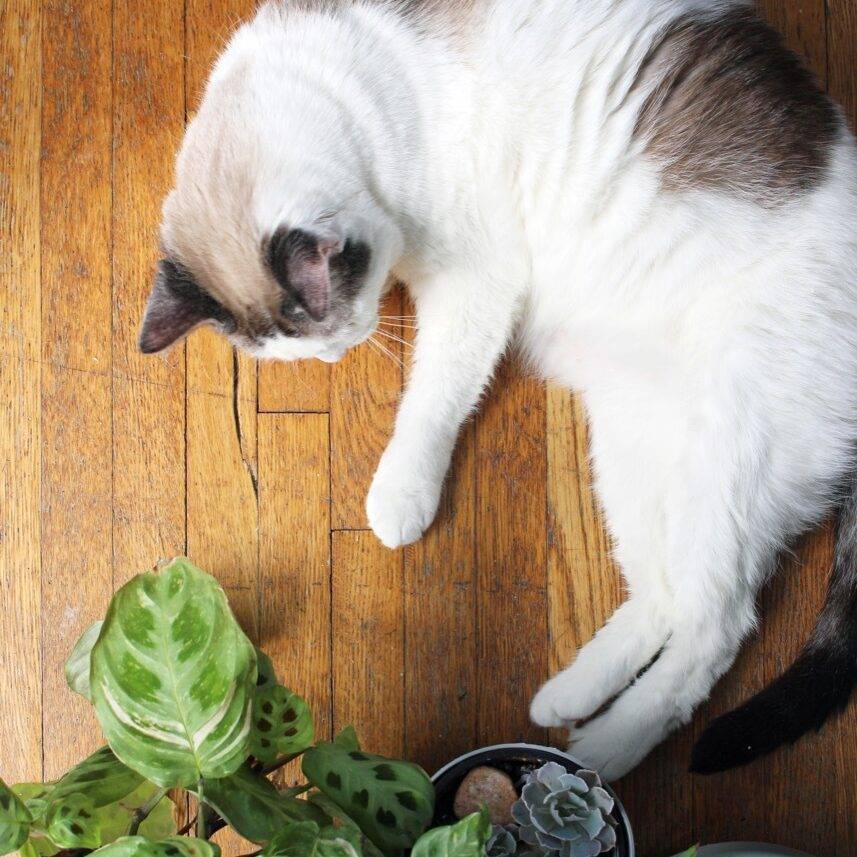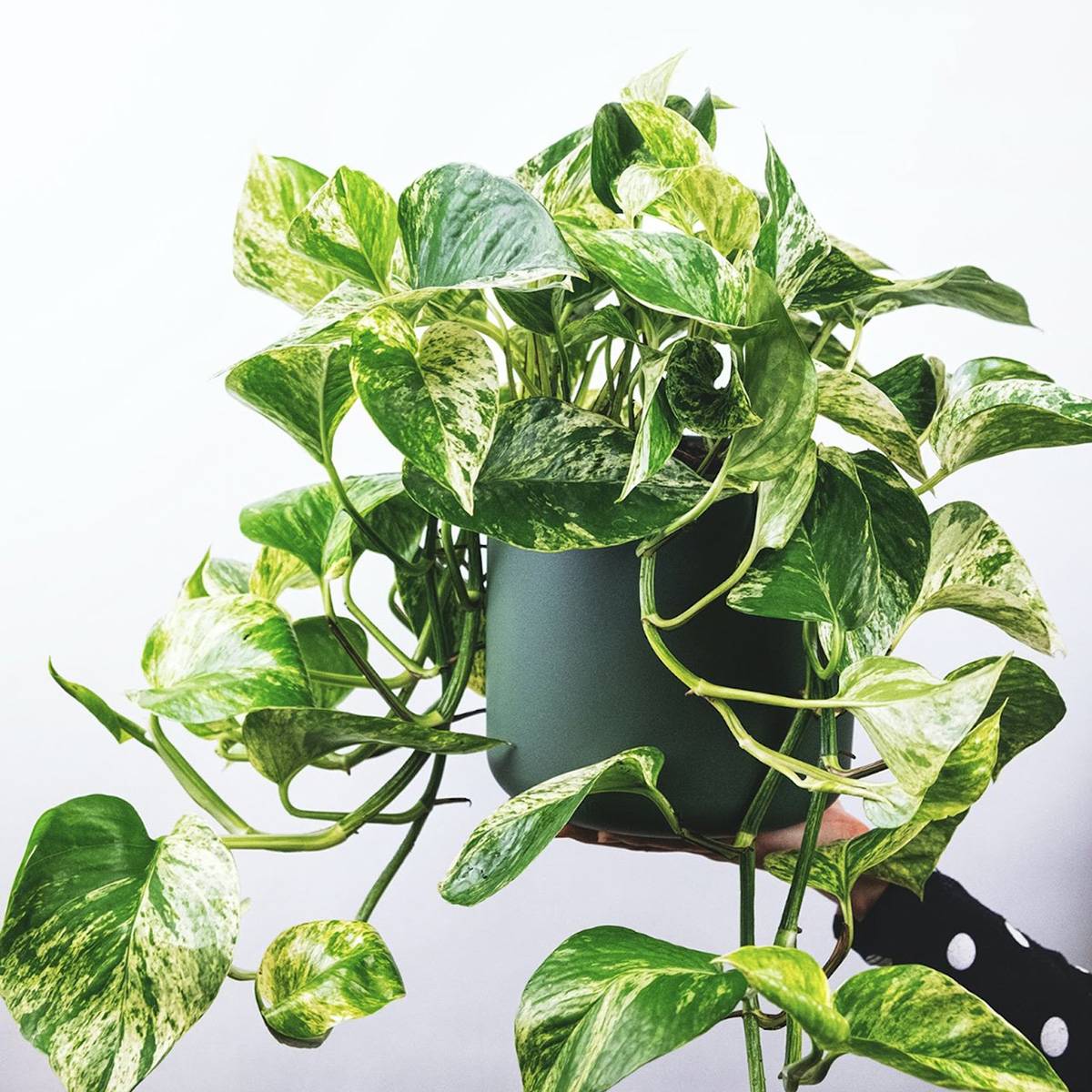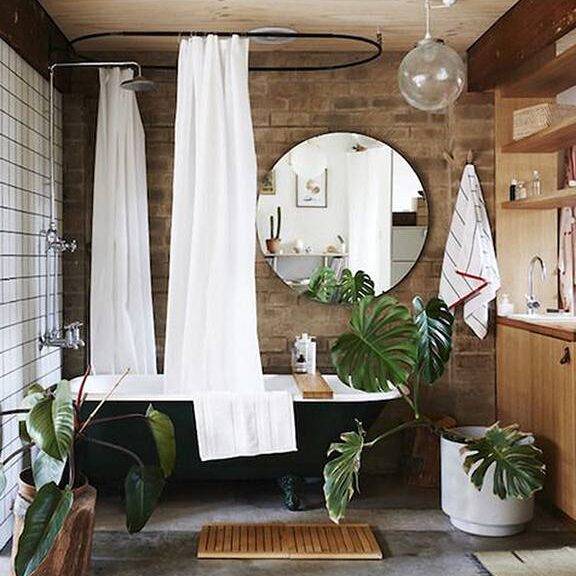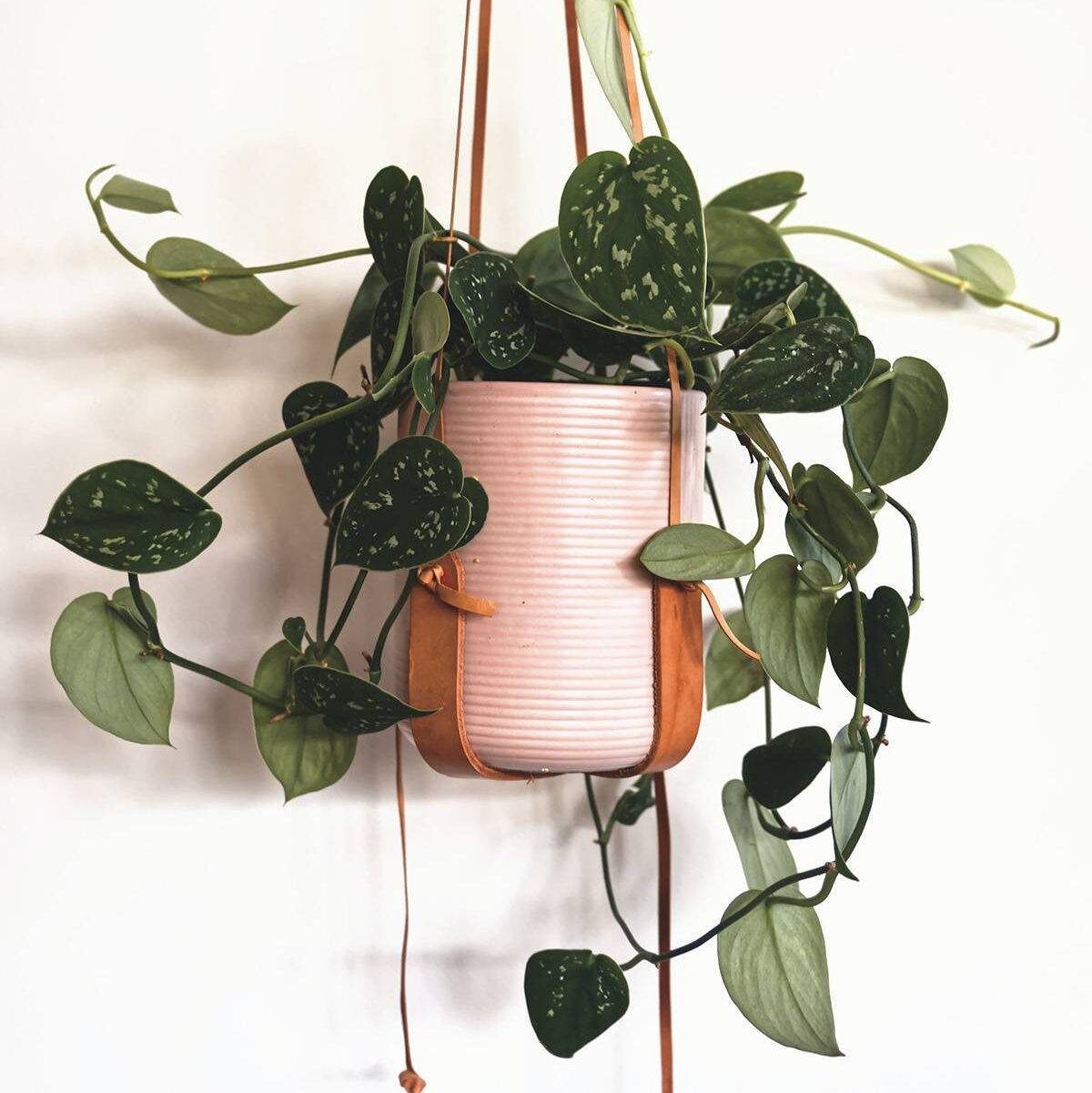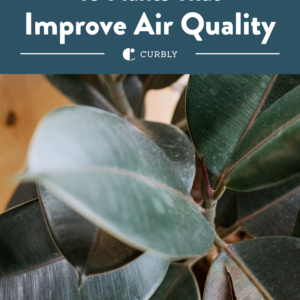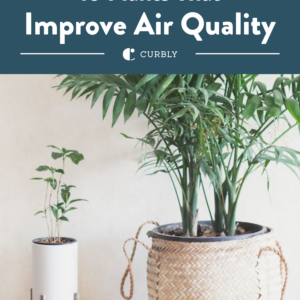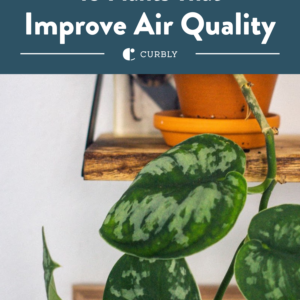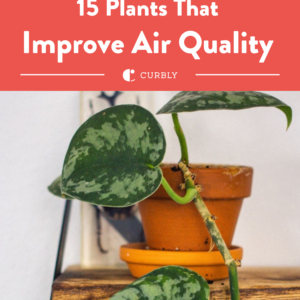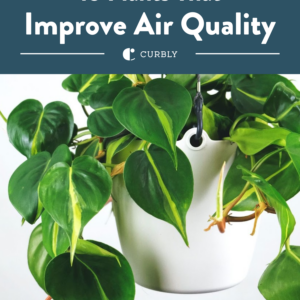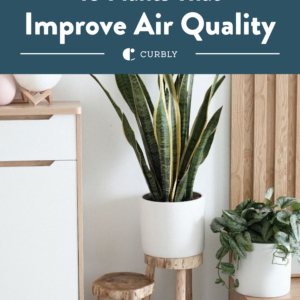Did you know indoor plants can help purify the air and improve air quality? It’s true! Plants produce oxygen through a process called photosynthesis, which converts carbon dioxide into oxygen. This process naturally increases the oxygen in your home, making it a healthier and happier place.
Whether you’re a green thumb or just starting out, we’ve got your back with a list of the top 15 low-maintenance plants that will make your home look and feel great. Plus, did you know that different plants can help fight various types of indoor air pollution? That’s why we suggest growing a variety of plants from our list in your home – it’s a win-win for you and your plants!
15 Indoor Houseplants That Improve Air Quality
Peace Lily (Spathiphyllum)
Peace Lily plants are an excellent natural air purifier that can effectively remove harmful pollutants, such as formaldehyde, benzene, and trichloroethylene, from the air. They are also great at reducing mold spores in the air, making them a perfect choice for people who suffer from allergies or respiratory issues.
Light: Prefers bright, filtered, indirect light but can also do well in low light. Avoid direct sunlight as it can scorch the leaves.
Watering: Keep the soil consistently moist but not soggy. Water once a week or when the top inch of soil feels dry to the touch.
Size: Can grow up to 16 inches tall indoors.
2. Spider Plant (Chlorophytum comosum)
The Spider Plant looks beautiful and has a unique natural ability to purify indoor air by removing harmful pollutants such as formaldehyde, xylene, and carbon monoxide.
Light: Likes bright, indirect light. Avoid direct sunlight as it can scorch the leaves.
Watering: Water once a week, allowing the soil to dry out slightly between waterings.
Size: Can grow up to 20 inches tall indoors.
3. ZZ Plant (Zamioculcas)
The ZZ Plant is a resilient plant with glossy, waxy leaves. It is known for removing toxins such as xylene, toluene, and benzene from the air.
Light: Likes indirect light, as direct sunlight can cause the leaves to scorch.
Watering: Water every 2-3 weeks, allowing the soil to dry out between waterings.
Size: Can grow up to 2-3 feet tall indoors.
4. Heart-Leaf Philodendron (Philodendron hederaceum)
The Heart-Leaf Philodendron is a natural air purifier, removing pollutants like formaldehyde, benzene, and trichloroethylene with its lush, heart-shaped leaves and trailing vines.
Light: Prefers bright, indirect light, but it can tolerate lower light.
Watering: Water every 1-2 weeks, allowing the soil to dry out between waterings.
Size: Can grow up to 10 feet long indoors.
5. Lacy Tree Philodendron (Philodendron Selloum)
Lacy Tree is a highly efficient air-purifying plant that can remove toxins such as formaldehyde, benzene, xylene, and trichloroethylene from the air.
Light: Thrive in bright, indirect light.
Watering: Water every 1-2 weeks, allowing the soil to dry out between waterings.
Size: Can grow up to 4 feet tall indoors.
6. Bird’s Nest Fern (Asplenium nidus)
The Bird’s Nest Fern resembles a bird’s nest with arching fronds and is excellent at removing pollutants like formaldehyde, xylene, and toluene from the air.
Light: Grows best in filtered or indirect sunlight.
Watering: Water every 1-2 weeks, allowing the soil to dry out halfway down between waterings.
Size: Can grow up to 2 feet tall indoors.
7. Parlor Palm (Chamaedorea elegans)
The Parlor Palm has elegant, feather-like fronds, giving it a graceful appearance. It removes pollutants such as formaldehyde, benzene, and carbon monoxide.
Light: Can live in low to bright indirect light but thrive in medium indirect light. Avoid direct sunlight, as it can cause the leaves to scorch.
Watering: Water every 1-2 weeks, allowing the soil to dry out between waterings.
Size: Can grow up to 2-6 feet tall indoors.
8. Devil’s Ivy (Epipremnum aureum)
The Devil’s Ivy is a resilient plant with cascading vines and heart-shaped leaves that can target harmful toxins like formaldehyde, benzene, and xylene, making it a great addition to any indoor space.
Light: Tolerant of low light but will thrive in bright, indirect light.
Watering: Water every 1-2 weeks or when the first two inches of soil are dry.
Size: Can grow up to 6.5 feet tall indoors.
9. Snake Plant (Dracaena trifasciata)
The Snake Plant, also known as Mother-in-Law’s Tongue, is renowned for its ability to filter out toxins such as formaldehyde, benzene, xylene, and trichloroethylene. It also thrives in low-light conditions, making it a great option for the darker spots in your home.
Light: Thrives in any light level.
Watering: Water every 2 weeks when the soil is completely dry.
Size: Can grow up to 1-3 feet tall indoors.
10. Areca Palm (Dypsis lutescens)
The Areca Palm, known for its graceful fronds and tropical allure, creates an indoor oasis while purifying your air by removing harmful chemicals like formaldehyde, benzene, and carbon monoxide.
Light: Thrive in bright, indirect light but will tolerate some shade.
Watering: Water once a week or when the top inch of soil feels dry to the touch.
Size: Can grow up to 10 feet tall indoors.
11. English Ivy (Hedera helix)
English Ivy is a beautiful ornamental plant with trailing vines and distinctive lobed leaves. It can remove airborne mold and toxins such as formaldehyde, benzene, and airborne fecal matter, making it the perfect fit for the bathroom.
Light: Prefers medium light but will also do well in bright sunlight.
Watering: Water once a week or until the soil is dry to the touch but not completely dry yet.
Size: Can grow up to 9 feet long annually indoors.
12. Rubber Tree (Ficus elastica)
The Rubber Tree is a stunning plant that not only adds beauty to any space but also purifies the air by effectively removing formaldehyde, benzene, and airborne bacteria.
Light: Needs bright light, but not direct sunlight.
Watering: Water every 1-2 weeks, allowing the soil to dry out between waterings.
Size: Can grow up to 6-10 feet indoors.
13. Weeping Fig (livistona decipiens)
The Weeping Fig is a versatile plant that effectively targets formaldehyde, benzene, and trichloroethylene with cascading branches and glossy leaves.
Light: Needs a bright room with indirect sunlight.
Watering: Water once a week or when the top several inches of soil are dry.
Size: Can grow up to 3-6 feet tall indoors.
14. Corn Plant (Dracaena fragrant)
The Corn Plant has attractive foliage resembling sweet corn and effectively removes the contaminants formaldehyde, benzene, and trichloroethylene from the air.
Light: Can tolerate most light conditions but prefers bright, indirect sunlight.
Watering: Water every 7-10 days or when the first inch of soil feels dry to the touch.
Size: Can grow up to 6 feet tall indoors.
15. Boston Fern (Nephrolepis exaltata)
The Boston Fern has lush, feathery fronds and vibrant green hues. It’s a botanical beauty that removes formaldehyde, xylene, and airborne bacteria from the air, all with very little maintenance.
Light: Thrives in bright, indirect light.
Watering: Water weekly, keeping the soil moist but not wet.
Size: Can grow up to 1-3 feet tall indoors.
Once you pick up a few of these air-purifying plants from your local nursery, you can finally say goodbye to your air filter and improve your energy consumption. Welcome to a breath of fresh air!
